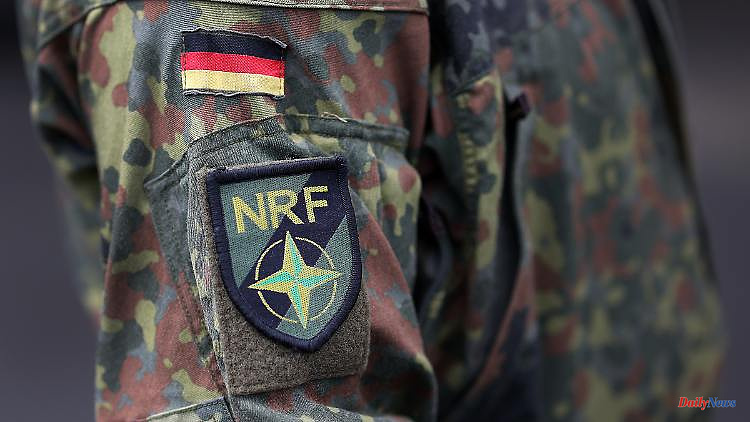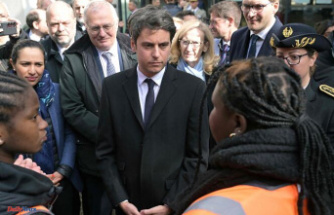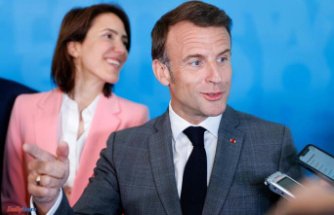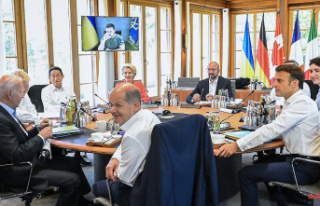To date, around 40,000 soldiers have been organized into the NATO intervention force. According to Secretary General Stoltenberg, that will change in the future. More than 300,000 military personnel should be ready for action quickly in an emergency.
NATO wants to increase the number of its rapid reaction forces to more than 300,000. This was announced by Secretary General Jens Stoltenberg before the summit meeting of the 30 member states in Madrid. So far, the NATO intervention force NRF has comprised around 40,000 soldiers.
The planned restructuring of the NRF is part of a new force model for the entire alliance area. This provides for more forces on high alert. In addition, forces should also be assigned to certain areas. This means that German soldiers could be scheduled to support Lithuanian troops in the event of a Russian attack.
In peacetime, the troops are usually supposed to be under national command, but could then be requested by the supreme commander of NATO forces in Europe in an emergency. The troops would also be given fixed times for operational readiness. It is being discussed that some units should be ready for laying within 10 days at most, others in 30 or 50 days.
Details for emergencies are to be defined in new regional defense plans, which should be ready next year.












